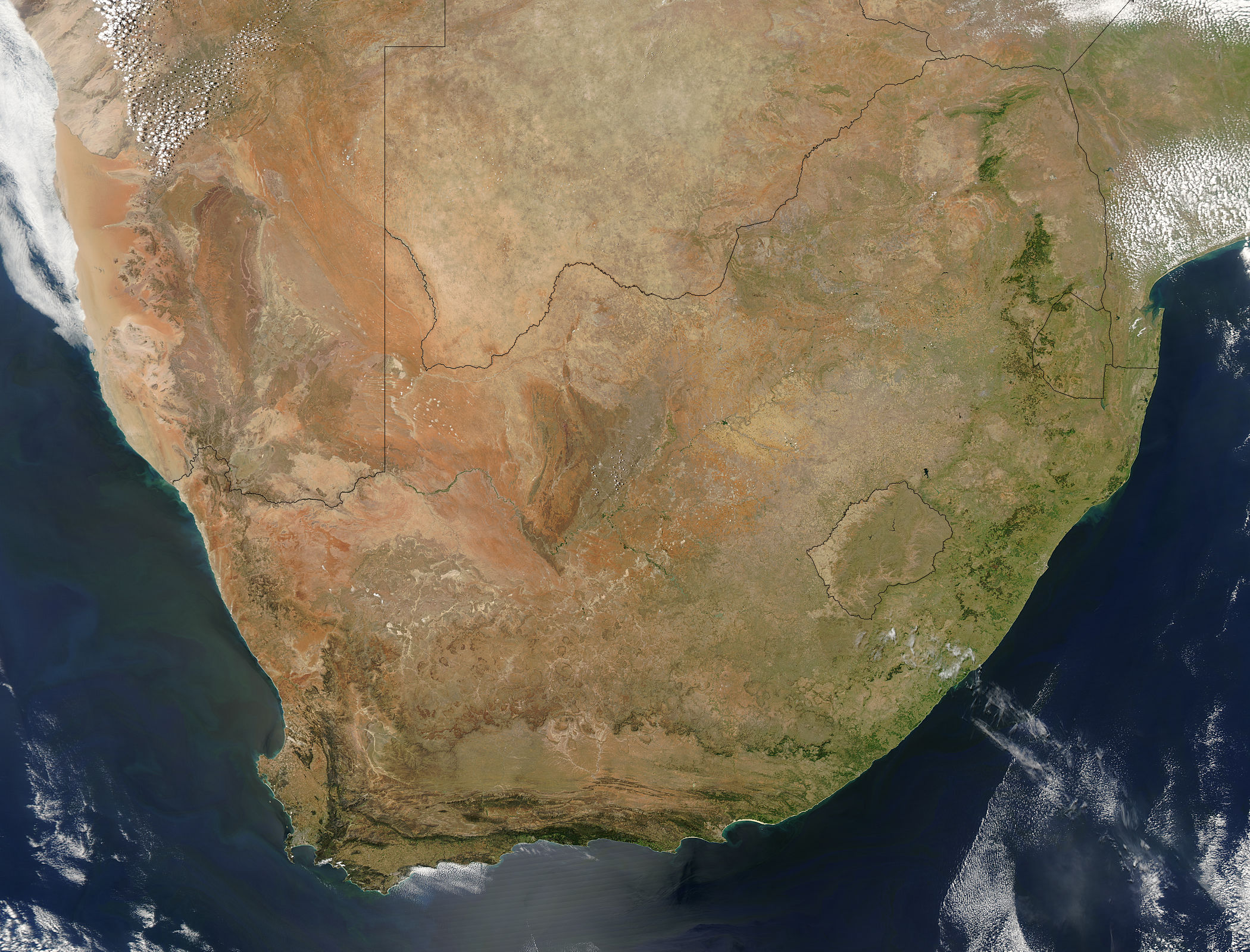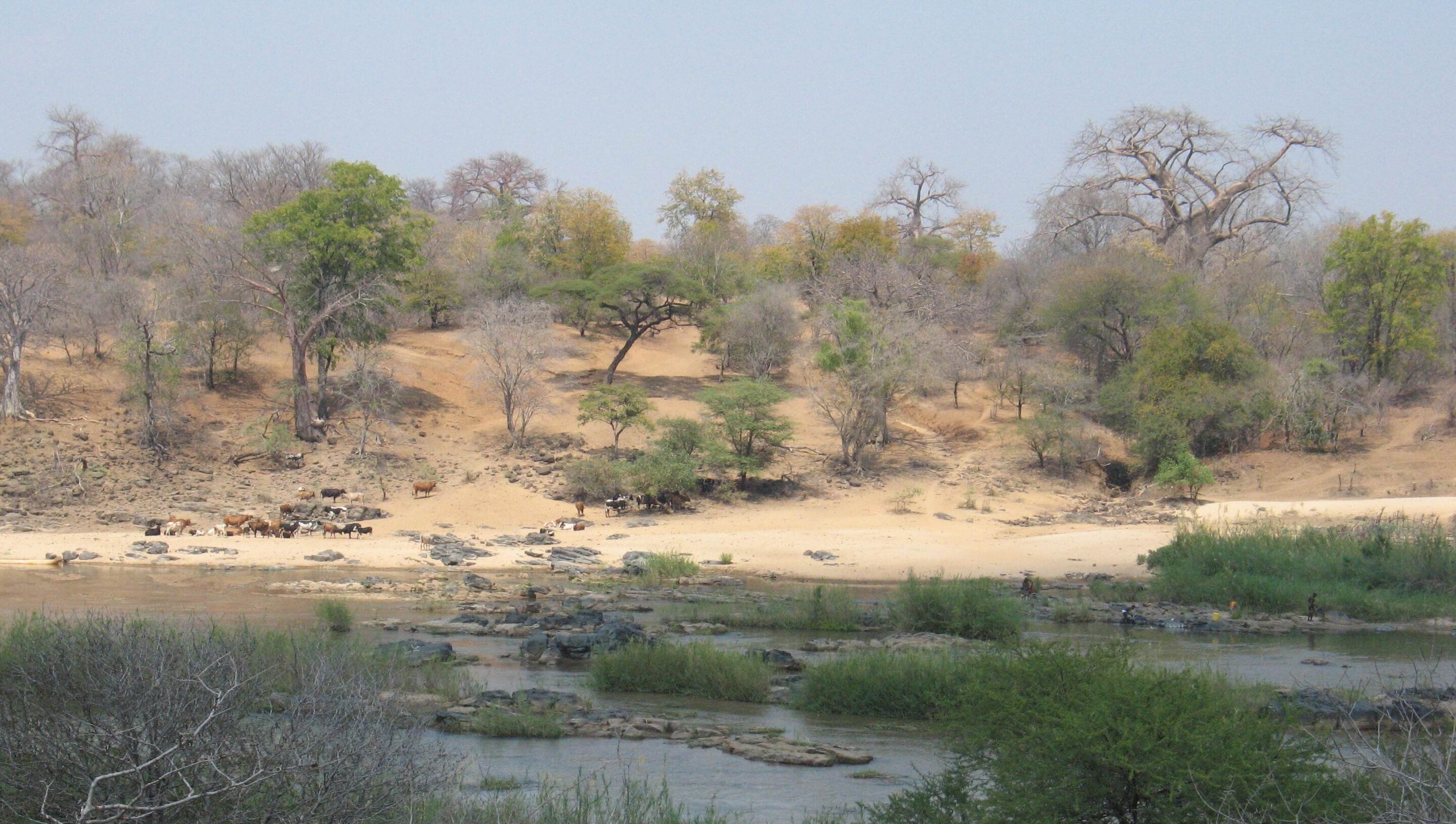Did a Jurassic Magma Plume Burst Through the Earth in Ancient Africa?
Magma plumes press against Earth's crust from the mantle. Did one of them force its way through?

About 180 million years ago, when dinosaurs still roamed the planet, a giant plume of molten rock may have punched its way through Earth, knocking the continents aside and incinerating everything in its path.
That’s the secret that may lurk in a set of strange stones from Mozambique. The new findings could settle a longstanding debate about what caused the ancient volcanic cataclysm. .
There are scars all over our planet from enormous and deadly volcanic eruptions like this Jurassic period disaster. Many of these epic eruptions may have been responsible for mass extinctions hundreds of millions of years ago. But, geologists couldn’t agree on what causes any of these calamities; scientists have proposed two possible explanations, and until now, neither one has been proven.
One possibility is that tectonic plates were simply ripped apart: One continent drifted north, another, south. Through the gash that opened between them there burbled a great flow of lava that scorched the land.
Related: Wipe Out: History's Most Mysterious Extinctions
The other possibility is that lava is the cause of the whole disaster: A plume of magma rose from deep inside the planet and burst through to the surface.
Early evidence from these Mozambique stones supports the second theory, according to a new paper to be published in the December issue of the journal Lithos.
Get the world’s most fascinating discoveries delivered straight to your inbox.
The stones were found in a region formed from that ancient lava flow, which rolled over present-day Africa and Antarctica back when both landmasses were part of the supercontinent Pangea. It's called the Karoo magma province. Much of the rock in that area formed during the Jurassic eruption, the researchers said. But these stones, known as the Luenha picrites, might be the first ones discovered that come from the upwelling plume itself.

A chemical analysis of the picrites found signatures (low levels of titanium dioxide, for example) suggesting that they're uncontaminated by elements from Earth's crust, the researchers wrote. That suggests that they come from deeper in the planet, within the mantle, where plumes originate.
However, not all the volcanic rock in this region is from the mantle plume."It is very important to realise that in huge and complex volcanic systems, such as the Karoo province, large amounts of magmas may be produced from several magma sources," Daúd Jamal, a researcher at the Eduardo Mondlane University in Mozambique and co-author of the paper, said in a statement.
So, even if a plume did cause this eruption, most of the magma would have come from near the surface, the researchers wrote. That makes rock formed from the plume itself a rare and valuable find.
"To our knowledge, the Luenha picrites are the first lava samples that could originate from the plume source," said Sanni Turunen, lead author and a doctoral student at the University of Helsinki.
A lot more study is needed, they wrote, before anyone can confirm that the picrites were part of a magma plume, the researchers wrote. But the early analysis is exciting, and reason to go back for more.
- Meteor Crater: Experience an Ancient Impact
- The 10 Best Ways to Destroy Earth
- When Space Attacks: 6 Craziest Meteor Impacts
Originally published on Live Science.

 Live Science Plus
Live Science Plus





